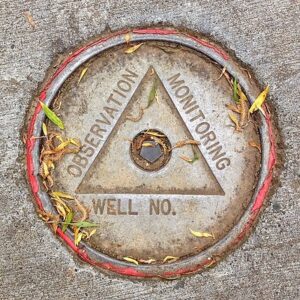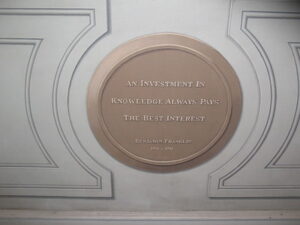Data collection is big in higher education. There’s a lot of money riding on the performance of these institutions. One tool the Department of Education uses to report on the performance of post-secondary schools is the College Scorecard. It’s supposed to provide a snapshot of schools and the characteristics that might be important to someone who’s trying to decide where to go.
One of the relatively recent changes to the College Scorecard is the ability to sort schools by the percentage of graduates who make more than a high school graduate does. The College Scorecard data currently tracks this characteristic 6 years, 8 years, and 10 years AFTER graduation. This information is important, but starting July 1, the new Gainful Employment rules will start looking at graduate earning two years after graduation. Using this metric, the Department of Education will make decisions about which programs are and are not eligible for federal financial aid.
Two years is not a lot of time to demonstrate a program’s market worth. You might say, “Well, shouldn’t a college graduate be able to make more money than a high school graduate right away?”
Yes. At least, that’s what the Biden Administration thinks, and if ever there has been an administration that was highly favorable to community colleges, it is the current one.
The Gainful Employment rules don’t apply to every institution. They apply only to for-profit institutions (regardless of credential type), and public community college certificate programs. That’s because the Biden Administration has a strong suspicion that most of these credentials are literally worthless.
College Scorecard Shows 6, 8, and 10 year earnings data
The current College Scorecard data for Washtenaw Community College indicates the following regarding the earnings of its graduates 6, 8, and 10 years after graduation. %GE is the percentage of graduates who are gainfully employed – that is, they make more than a high school graduate does.
| Years post-graduation | %GE |
|---|---|
| 6 | 56% |
| 8 | 59.9% |
| 10 | 62.7% |
Six years following graduation, 44% of WCC grads DO NOT make more than a high school graduate. Eight years after graduation, 40% of WCC grads have still not received an income bump from their degree. Ten years after graduation, 37% of WCC grads are still looking for the pot of gold at the end of the rainbow.
More than one-third of WCC grads WILL NEVER see an increase in their income as the result of earning a WCC degree.
(And we pay how much for WCC each year?)
The current data reflect a minimum 6-year examination period. What do you think is going to happen when the Department of Education starts making decisions about financial aid eligibility two years down the road?
To be fair, the current Department of Education data refer to WCC’s degree programs. The Gainful Employment tests will apply to its certificate programs. In other words, with no financial aid penalty, WCC can continue to churn out degree programs that will leave 37% of their graduates no better off financially than they would have been had they never attended WCC.
But the degree programs are a good indicator of what’s going to happen to the huge collection of certificate programs that WCC currently offers. If half of those programs become ineligible for federal financial aid, WCC could take a big financial and reputational hit.
Photo Credit: Paul James , via Flickr



















